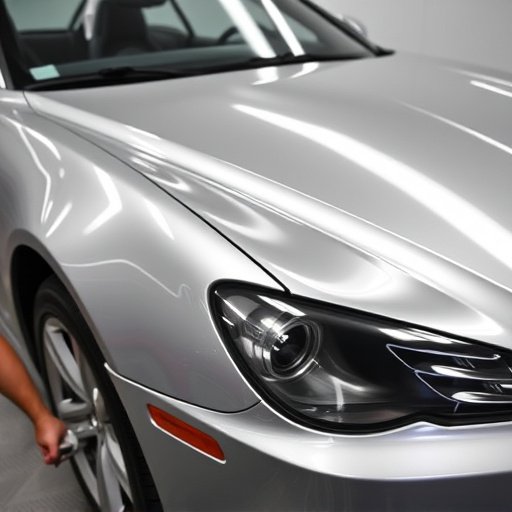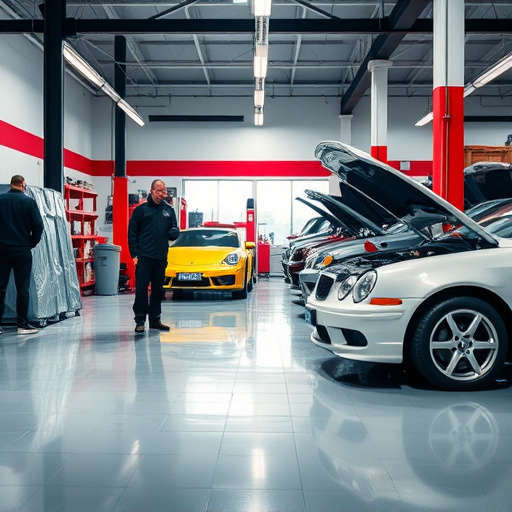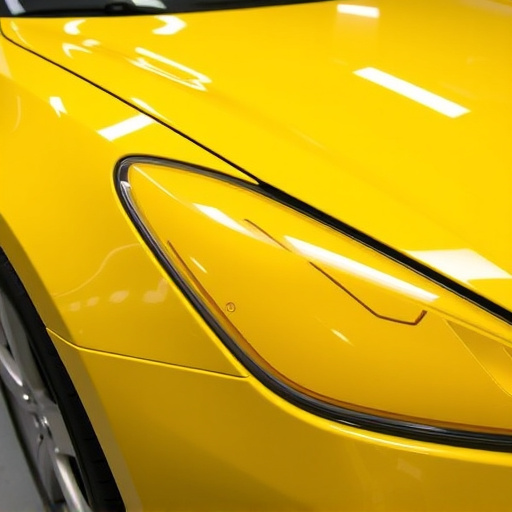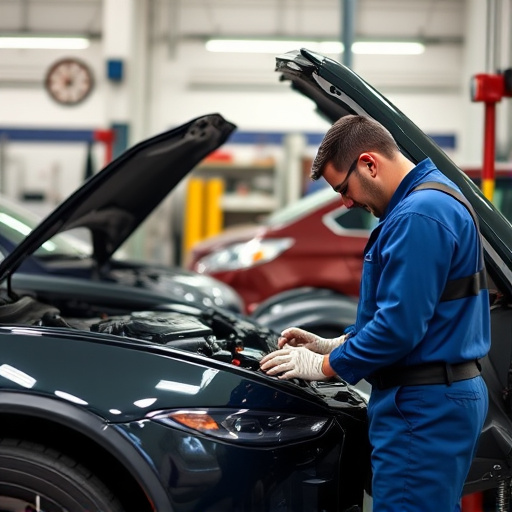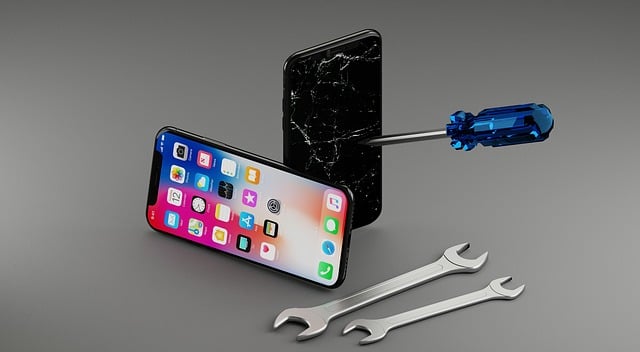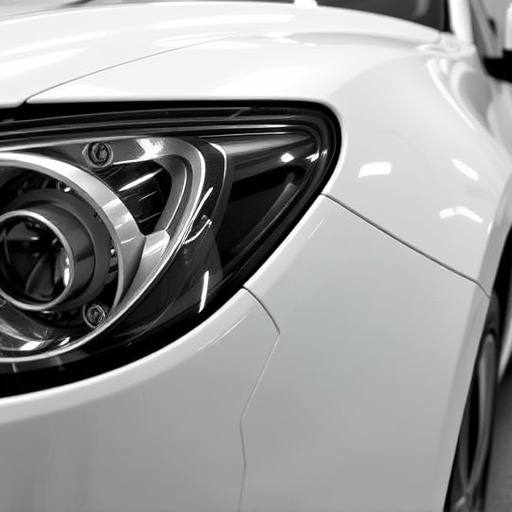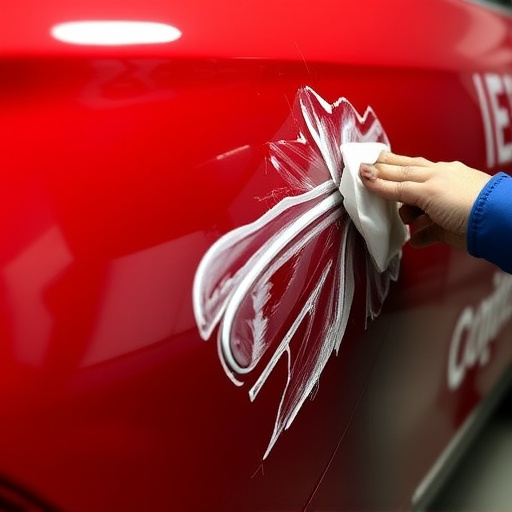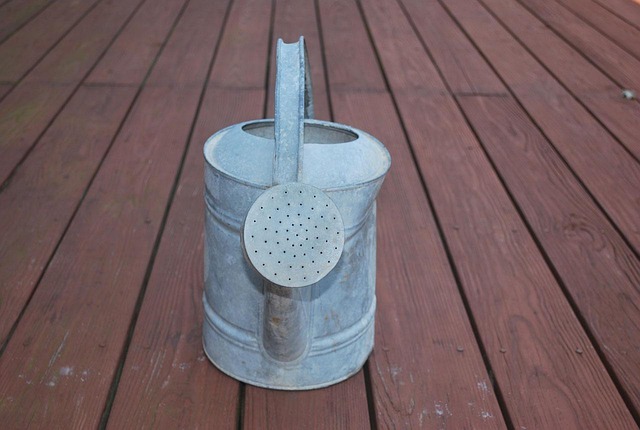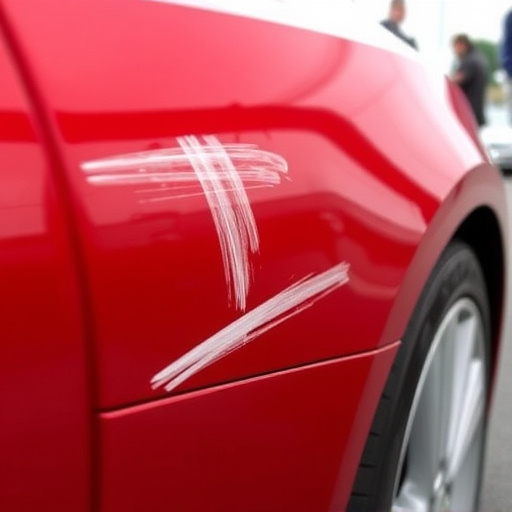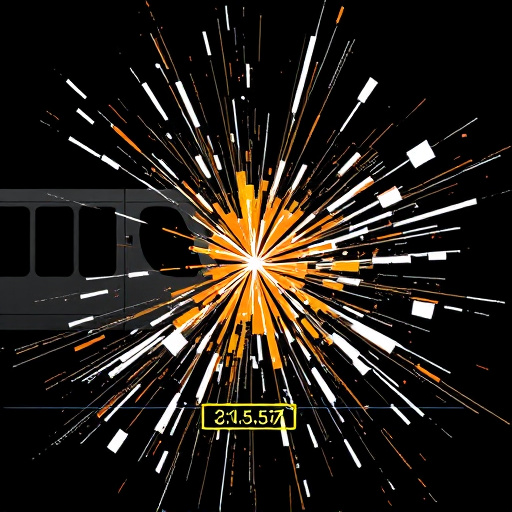A post-repair insurance inspection is a crucial step after car collision or restoration, where an authorized inspector assesses work against industry standards and policy terms. They evaluate paint quality, alignment, system functionality, and prior repairs, ensuring all meet specifications. The report provides transparency, aids in claim assessments, and guarantees vehicle restoration to pre-accident condition or better, protecting insured individuals and insurance companies. Preparation involves gathering documents, cleaning the vehicle, and systematically reviewing repairs with the inspector, who checks for issues like misalignment or inferior parts to prevent fraudulent claims and ensure fair compensation.
A post-repair insurance inspection is a crucial step in protecting your investment after a repair or renovation. This process ensures that the work meets the required standards and identifies any potential issues. Understanding what to expect and how to prepare can make the experience less stressful. In this article, we’ll demystify post-repair insurance inspections, highlighting their significance, and providing practical tips on how to successfully navigate this process, ensuring peace of mind for your next project.
- What is a Post-Repair Insurance Inspection?
- Why is it Important?
- How to Prepare for and Conduct a Successful Post-Repair Inspection
What is a Post-Repair Insurance Inspection?
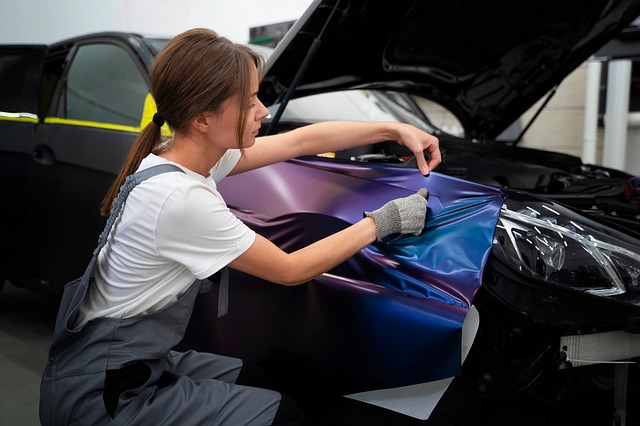
A post-repair insurance inspection is a crucial step in the process after a vehicle has undergone either car collision repair or car restoration at a collision repair center. It involves a thorough evaluation by an authorized inspector who assesses the quality of the repair work performed and ensures it complies with industry standards and the policy terms outlined by the insurance provider. This inspection is designed to protect both the insured and the insurance company, providing peace of mind that the vehicle has been restored to its pre-accident condition or better.
During this inspection, the inspector examines various aspects such as paint job quality, alignment accuracy, functionality of all systems, and visibility of any previous repair work. They also verify that all parts used in the car collision repair or car restoration meet the required specifications. The post-repair insurance inspection report serves as a definitive document, highlighting any discrepancies or unsatisfactory work, thus facilitating an accurate claim assessment and ensuring fairness for all parties involved.
Why is it Important?

Post-repair insurance inspection plays a pivotal role in ensuring that vehicle repairs are carried out to a high standard and that owners receive the compensation they’re entitled to following an auto collision or other damage. It’s not just about verifying the work done; it’s a crucial step in protecting both the consumer and the insurance company from fraudulent claims or subpar repairs.
For auto frame repair or collision repair, this inspection process is essential as it verifies that all parts have been replaced or repaired correctly, aligning with industry standards. It helps in identifying any potential issues that might have arisen during the repair process, such as improper alignment or usage of inferior quality parts. By conducting a thorough post-repair insurance inspection, insurers can ensure that their policyholders receive fair compensation and that their investments in auto frame repair or collision repair are protected.
How to Prepare for and Conduct a Successful Post-Repair Inspection

Preparing for a post-repair insurance inspection is key to ensuring a smooth process and final outcome. Start by gathering all relevant documents related to the repair work, including estimates, invoices, and photographs documenting both the damage and the repair process. This step is crucial as it provides transparency and evidence of the completed repairs. Before the inspector arrives, double-check that your vehicle is clean and in its original condition, making any minor touch-ups or adjustments necessary. A well-organized and presentable vehicle showcases the quality of work performed by the auto body shop.
Conducting the inspection involves a systematic review of the repaired areas. Walk through the process with the inspector, explaining each step and highlighting any unique techniques or materials used. Be prepared to answer questions about the repair methods, timelines, and cost breakdown. Remember, clear communication ensures that the inspector understands your vision and the shop’s work ethic. Additionally, focus on addressing visible elements of the vehicle bodywork, such as paint job consistency and panel alignment, especially in the case of a vehicle dent repair.
A thorough post-repair insurance inspection is an indispensable step in protecting your investment and ensuring peace of mind. By understanding the process, you can effectively communicate with your insurer, mitigate potential disputes, and verify that any repairs are completed to a high standard. Embracing this practice is key to navigating the complexities of insurance claims and fostering a seamless recovery experience.
